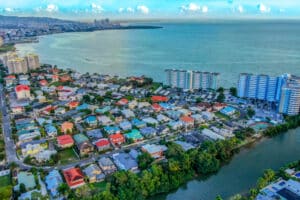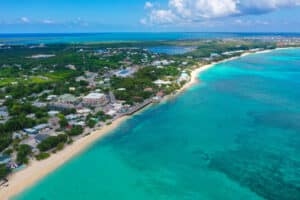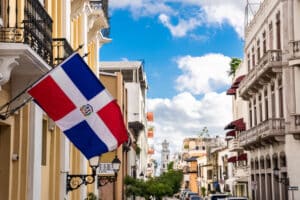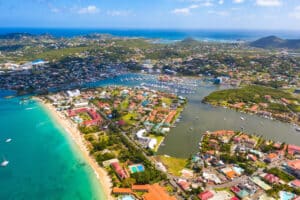Anguilla, a British Overseas Territory in the middle of the Caribbean and one of the northernmost Leeward Islands, is a true jewel. Sprawling over 90 square kilometers and housing a population of just over 15,000 people, this island boasts all the beauty you’d expect to find in the Caribbean.
But you’re here wondering how safe Anguilla is for travel. Fortunately, this small island is a true safe haven in the Caribbean and a great tourist-friendly and family-friendly vacation destination.
Crime is not a real problem here, but you should pay attention to the violent hurricanes and storms that hit the island during the hurricane season.
Simply put, Anguilla is very safe, but there are some things you should know. Read on to learn all the details that would help you plan your visit. To get a more general idea, check out the best and worst time to visit the Caribbean.
Travel Advisory for Anguilla
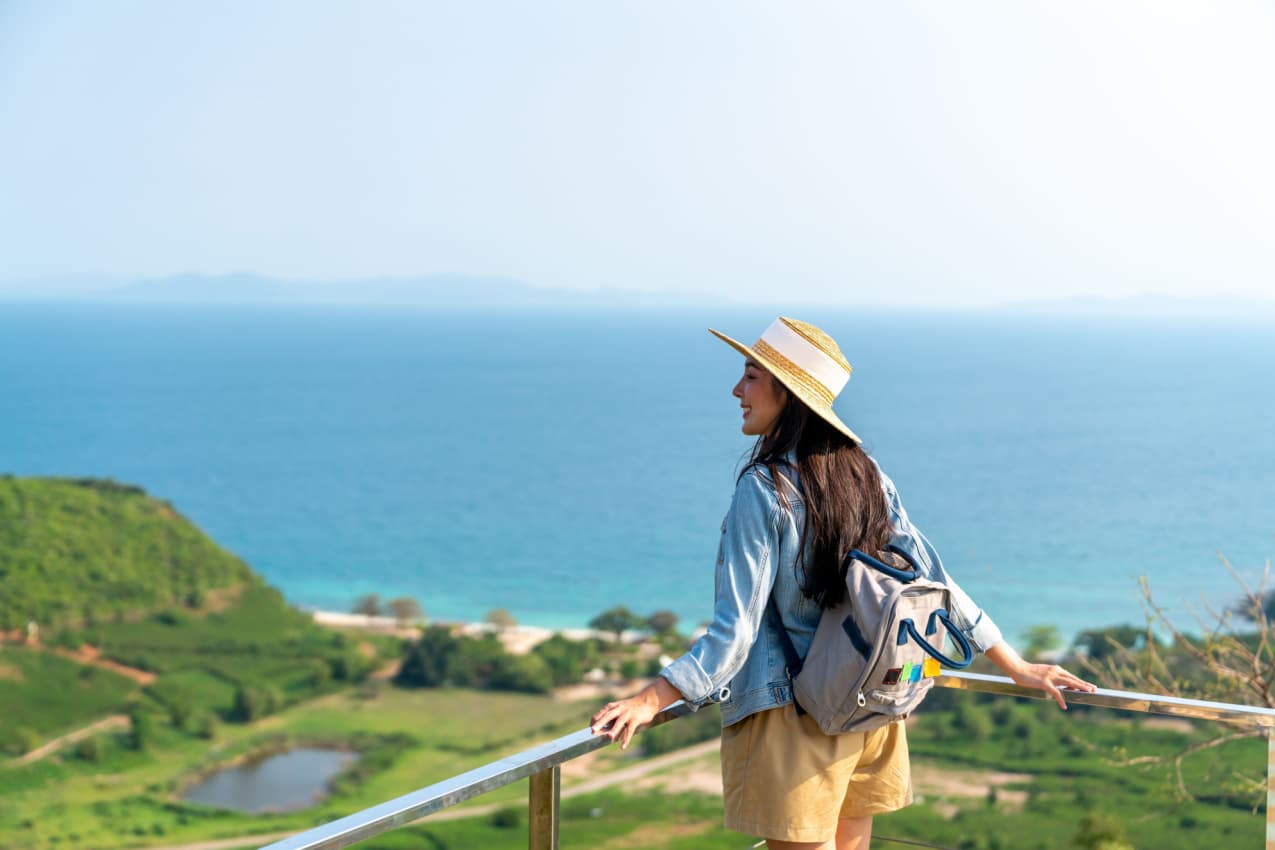
According to the U.S. State Department’s travel advisory, Anguilla is a great choice for a tranquil vacation.
Anguilla falls in the advisory’s number one category, which means that you only have to exercise normal precautions. In comparison to other Caribbean islands, like Puerto Rico, the Dominican Republic, and Jamaica, Anguilla is extremely safe, with almost no crime whatsoever.
Are you planning a last minute trip to Anguilla? We’ve put together all the resources you’ll need for a fun & safe travel:
🛌 Best & Safest Places to Stay in Anguilla:
👉 Zemi Beach House, LXR Hotels & Resorts – Kitchen, Sea view, Fitness centre
👉 Cap Juluca, A Belmond Hotel – Bath, Pets allowed, Outdoor swimming pool
👉 Four Seasons Resort and Residences – Sea view, Garden, Pool 1 – outdoor
👉 Aurora Anguilla Resort & Golf Club – Fitness centre, Free WiFi, Bar
⛱️ Fun Activities & Tours in Anguilla:
👉 The Best Sunset Sail and Cocktail Hour in Anguilla
👉 Night Kayaking with Liquid Glow
👉 St. Maarten 4 Hour Sightseeing Tour
🚗 Best & Safest Anguilla Transportation Services:
👉 Airport Pickup Service – Welcome Pickups
👉 Rent a Car – DiscoverCars
🙏 Stay Safe While Travelling:
👉 Safetywing (for medical insurance)
👉 VisitorsCoverage (for trip insurance)
A Comprehensive Look at Anguilla Crime Rates
According to Numbeo, Anguilla has a crime rating of 12.50, which is one of the lowest both in the Leeward Islands and the Caribbean in general.
Take the Caribbean country Haiti, for instance. Its crime rating is 91.28, placing it on “Level 4: Do Not Travel” travel warning by international travel advisories.
One of the factors that contribute to the safety of this island – for both natives and tourists – is its small population. Most of the 15,000 inhabitants live in close and even conservative religious communities and small villages. This means that there’s a high chance of neighbors recognizing a potential “problematic” or “deviant” individual in their midst.
Police Presence in Anguilla
The Royal Anguilla Police Force — the official and only police force in Anguilla — is responsible for the defense and safety of the island.
The force is made up of 120 or so police officers, mostly constables in the British tradition. There’s also the marine police force, which has a personnel of 32 people who monitor the safety within the water surrounding the island.
As Anguilla is a very small place, the police force is quite friendly with the community. They keep close contact about most things, and the Facebook page of the Royal Anguilla Police Force is always active and regularly updated with relevant information about current events.
As of 2022, the police force has received updated training and new equipment ( body cameras and tasers). All in all, they’re good at their job and quite involved, constantly working on becoming more easy to reach and receptive to tourists and natives alike.
Navigating the New Normal: Ensuring COVID-19 Safety in Anguilla
We have great news for you: according to the latest official information (October 1st, 2023), Anguilla is accessible to visitors from all around the world. Moreover, as of October 1st, 2022, tourists visiting this island don’t need to present proof of COVID-19 vaccinations or tests to enter the country or board a plane headed there.
All public transport, restaurants, attractions, landmarks, and businesses are open and working without restrictions. Masks are usually not required, though they may be mandatory at some establishments, like hospitals, for example.
Perils of Nature: The Risk of Natural Disasters in Anguilla
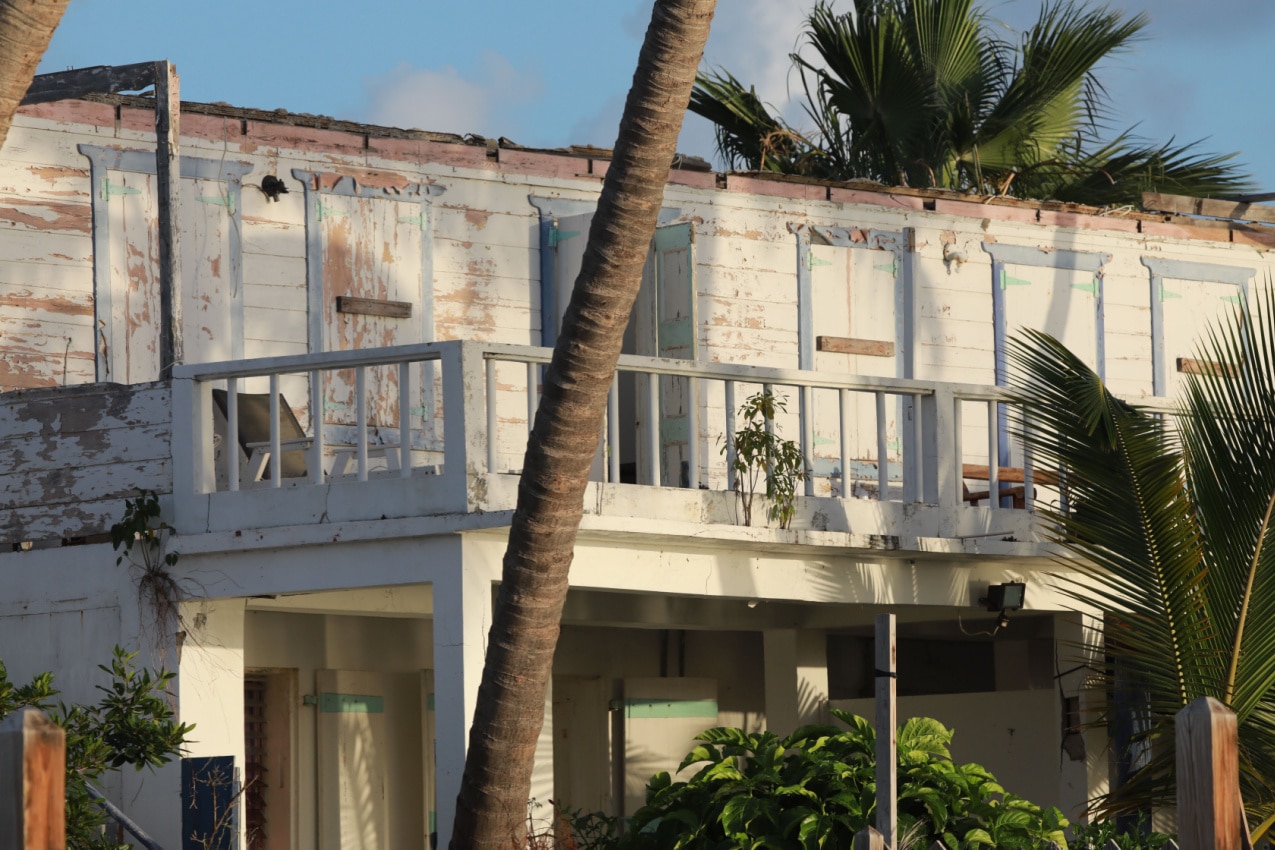
Natural disasters are, in some parts of the world, a bigger threat than people and their ill intentions. Much like other islands in the Caribbean, Anguilla is prone to catastrophic hurricanes that are dangerous both to the infrastructure of the country and its population.
Basically, the only thing you should worry about when visiting Anguilla is the hurricanes. They’re a significantly bigger problem than crime or violence. Luckily, if you time your visit outside the rainy season, hurricanes aren’t something you need to worry about.
Hurricane Information and Precautions
Anguilla is one of those islands that frequently gets hit by violent hurricanes, especially during the hurricane season which lasts from the middle of May to November. The best tip available concerning this problem is to avoid visiting Anguilla during this time period.
Just to put things into perspective, in 2017, Hurricane Irma damaged nearly 90% percent of the infrastructure and government buildings in Anguilla, causing major financial setbacks. Fortunately, no more than one person died.
The regular Anguilla storms can be quite dangerous as well. Strong winds, heavy rainfall, and flash floods are not uncommon.
If you do get caught in a catastrophic hurricane or storm on the island, make sure you follow the numerous tips and advice provided by the authorities. The Australian government, for example, has some great tips for visitors who find themselves in such a predicament.
Finally, get to know the locals and listen to their tips and advice. They are more than experienced and capable of braving natural disasters since most of them have survived many powerful storms and aggressive hurricanes.
Breathing Safely in Anguilla: Carbon Monoxide Awareness and Prevention
Are you aware of the potential dangers of carbon monoxide (CO)? In particular, people doing water sports or working on boats and platforms could fall victim to this toxic gas. We are mentioning this because you may want to rent a boat while visiting Anguilla, or any other pearl of the Caribbean.
Though not in Anguilla, a case of gas poisoning in 2012, in a Bahamas resort, resulted in the poisoning of three American tourists.
A gas known for odorless, colorless, and tasteless, carbon monoxide poisons at least 420 people every year in America. This makes it more lethal than a number of conventionally more dangerous things or activities, like skydiving and rock climbing.
Common symptoms of carbon monoxide poisoning are nausea, chest pain, headaches, and vomiting. Although it doesn’t always end fatal, CO can cause considerable brain damage or even paralysis.
Luckily, there aren’t any cases or related incidents concerning carbon monoxide poisoning in Anguilla or on any of its neighboring islands.
The Safety of Anguilla Beaches
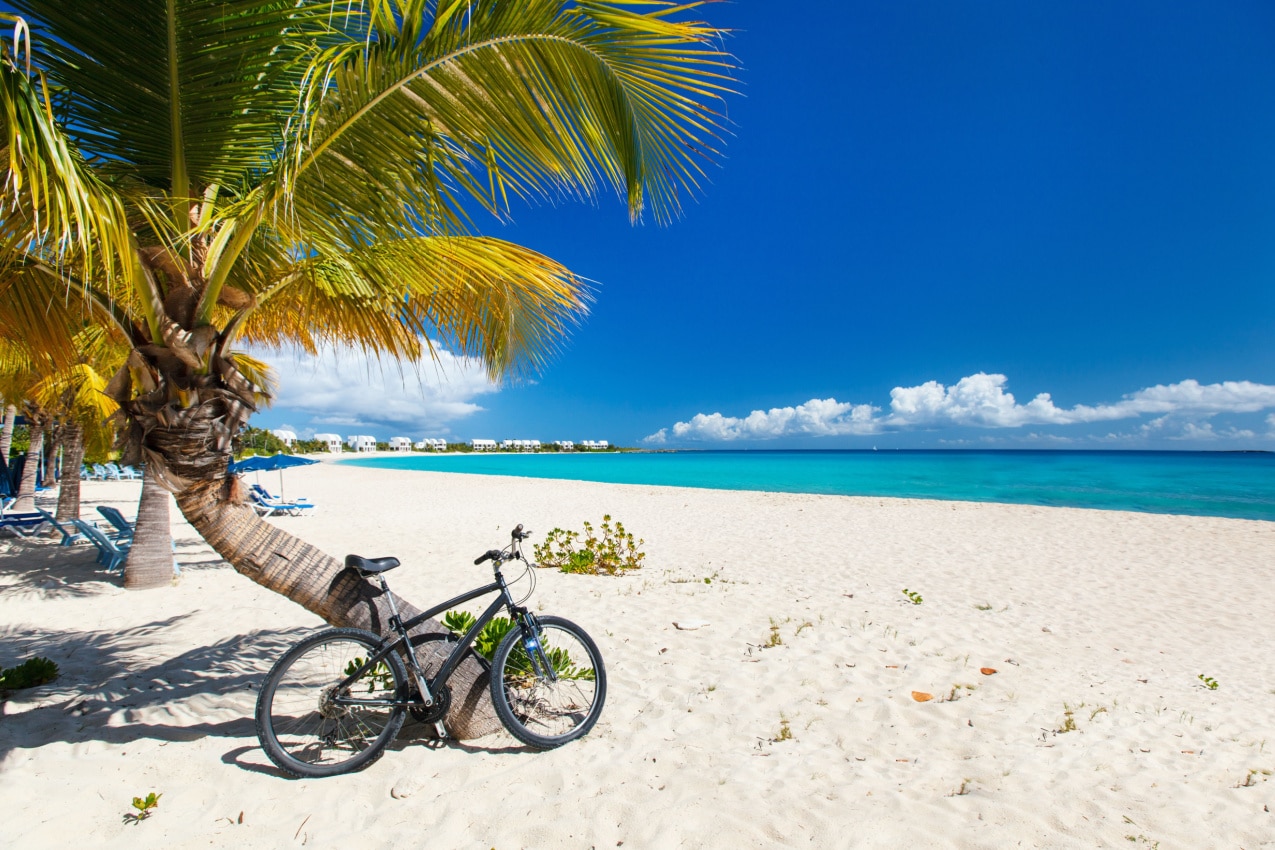
Anguilla’s beaches are the main reason why this small island in the Caribbean receives, at times, more than 30,000 tourists a month. Shoal Bay East, Rendezvous Bay Beach, and Meads Bay Beach are definitely the most famous beaches, renowned for their crystal-clear water, fine sand, and pristine condition. They also offer plenty of opportunities for different water sports.
But, as we already mentioned, most petty thefts occur at the beach, so keep your valuables close to you or leave them in your hotel room safe.
Keep an eye out for the different-colored flags on Anguilla’s beaches. They’re placed there to inform swimmers and beachgoers about swimming conditions, including information about dangerous marine animals or violent waves.
Getting to know the legend beforehand can be quite useful:
- Black — Do not swim; deadly currents
- Red — Avoid swimming; dangerous currents
- Yellow — Semi-safe; swim with caution
- White — Dangerous marine life; swim with caution
- Green — Safe to swim
Anguilla Weather Patterns: What to Expect
Anguilla is characterized by a tropical monsoon climate, which basically means two things: high temperatures are dominant throughout the whole year, with occasional rains, especially during the rainy and hurricane seasons.
The average temperature throughout the year ranges between 25 and 30 degrees Celsius (77 and 86° Fahrenheit). The rains, as we already said, are not too frequent, and amount to no more than 1,000 millimeters (40 inches) per year.
The rain falls in short but powerful downpours, accompanied by thunder and lightning. Lucky for tourists, the wind usually clears the clouds within a couple of hours, and the sun shines again. This is typical for tropical climates. The only exception is during the wet season when the rain can last for a couple of days.
Weather Overview in Anguilla
It’s hard to talk about the different seasons in Anguilla when the temperature is practically the same throughout the whole year. It’s relatively colder between December and April when the temperatures are between 28°C and 29°C (78°F and 80°F). During the rest of the year, from May to November, the average temperature is quite regular and stable, around 31°C (83°F).
The only thing you may want to watch out for is the rain. Interestingly enough, February and March are usually the driest months of the year, with 45 mm (1.8 inches) per month. Throughout the rest of the year, the rain falls irregularly. The rainy season – the period when it rains the most – is usually from August to November. During this time, rainfall is moderate, with a maximum of 100 and 130 mm or 4 and 5 inches of rainfall per month.
When Is the Best Time to Visit Anguilla?
Definitely the best time for visiting Anguilla is between December and June – dry season.
The temperature in that part of the year is generally milder and mostly dry. February to March is the best period for beachgoers since the sun is not too strong and there’s practically no rain to ruin your plans and activities. The period between December and May is considered the best for scuba diving, a really popular activity in Anguilla.
However, Anguilla is generally expensive and crowded during the dry months.
If you don’t mind the rain and the higher temperatures, and you’re looking for something cheaper, you could visit Anguilla between September and November.
Between September and November, the accommodations are cheaper and the beaches are less crowded.
Keep in mind that even during the rainy season, most mornings are clear, regardless of how many days it’s been raining.
Explore Anguilla Solo or With Your Family
As one of the safest islands in the Caribbean, Anguilla is a safe and popular destination both for solo travelers and those traveling with families.
Tips for Traveling Alone
There is no particular advice for traveling alone in Anguilla, aside from the regular common-sense tips that anyone traveling abroad should heed
- Be careful during the night (especially close to ATMs).
- Don’t drink excessive quantities of alcohol.
- Don’t be rude and unkind to the locals.
- Don’t use narcotics – they are both illegal and frowned upon by the authorities and the locals.
- Don’t leave your valuables in the open or unguarded, especially while you’re at the beach.
- Write down the numbers of the most important services and institutions on the island. Conveniently enough, 911 is the number for the police, the ambulance, and the fire brigade.
- It’s a good idea to follow the Facebook page of The Royal Anguilla Police Force, using it to stay up-to-date on the island’s current events.
- Lastly, don’t be flashy on the street, and don’t flaunt your valuables in front of everybody.
Tips for Traveling With Your Family
As we mentioned earlier, Anguilla is one of the most family-friendly destinations in this part of the world. But, again, the usual common-sense tips and advice apply:
- Be careful at night – both in walking and driving around.
- Keep your family close together.
- If you plan to travel around the island, renting a car is the best option.
- Prepare and pack a first-aid kit. It can help you get ahead of problems like sunburn, mosquito bites, unplanned colds, or even hangovers.
- During the hurricane season, check the monthly, daily, and weekly forecasts.
- Finally, keep your children close and within eyeshot at all times, especially on the beach and downtown.
Additional Tips for Staying Safe
We’ve established, perhaps to the point of redundancy, that Anguilla is generally safe. Still, some useful pointers won’t hurt
Steer Clear of Illegal Narcotics
The first thing you should have in mind is the fact that Anguilla is not your typical laid-back, relaxed, and hedonistic Caribbean island. It’s home to a conservative, religious, and rural community. If you behave decently and with respect, the locals will always be here to give you a helping hand.
Narcotics are the fastest way to mess up your holiday and your relationship with the locals of Anguilla. There is plenty of media coverage about the citizens’ complaints and concerns regarding the younger generations’ reckless use of such substances.
So – never engage in them. Narcotics use is taken seriously by the authorities, and the penalties are quite severe.
Bugs
Luckily for everybody, Anguilla doesn’t have any exotic or dangerous mosquito-borne diseases. But, there are a lot of mosquitoes (and irritating no-see-ums), whose bites can ruin a perfectly good evening. Carry anti-bug sprays or ointments to keep these party poopers away.
Renting Cars
Finally, if you’re planning to rent a car, keep in mind that Anguilla is a predominantly rural island, with lots of narrow roads, unpredictable twists and turns, and goats roaming around. Drive slowly and carefully, as you would when traveling on the narrow roads of your own country’s countryside.
Safe Travels!
Anguilla is an extremely safe tourist destination and a beautiful destination that’s ideal for both solo adventures and relaxed family vacations. The only things you should look out for are petty thefts on the beach and potential pickpockets in the city.
If you travel during hurricane season, what you should be wary of are the violent hurricanes and the dangerous storms. Luckily, if you respect protocol and listen to the advice of the locals, you won’t have any problems. Or, you can just travel during the dry season to be on the safe side.
Safe travels are happy travels!
